As an MD/PhD in History, I am an ardent defender of the idea that Medicine would strongly benefit from a closer embrace with social scientific and humanistic ways of knowing. I believe it would create doctors that possess not only important cognitive skills gained by work in the medical humanities (the ability to assess source quality, the value of qualitative data, the recognition of bias in sources and in one’s own analysis, etc.), but also important emotional competencies that are cultivated by the humanities (empathy, resilience, advocacy, etc.)
In service of that project, I have been fortunate enough to teach two courses of my own designing to expose undergraduate premed students at the University of Chicago to these ways of knowing.
In Medical Ethics in the Hospital and Clinic, I challenge undergraduates to think beyond the philosophical work they have done in the Core undergraduate curriculum. How might we apply these ideas in real clinical situations in the real world? The course begins by exposing students to the basic building blocks of identifying and analyzing ethical quandaries that may arise in the clinical space. In the succeeding weeks, the course surveys the big ethical issues predominant in an array of medical specialties—from pediatrics to psychiatry to transplant surgery. Students are also encouraged to explore a topic of personal interest in greater depth for their final paper. A special thematic focus is also devoted to problematizing dominant conceptions of autonomy, and expanding our understandings of redistributive justice. You can read the syllabus here!
In Introduction to Health and Society, I encourage predominantly first- and second-year undergraduates in the biosciences to think about the social dimensions of medicine. In this interdisciplinary course, students use readings from across the social sciences—history, sociology, anthropology—to challenge their understandings of medicine as an a priori in human life. The course begins by historicizing the profession of medicine and probing its social and cultural influence. The next unit involves students grappling with what it means to be a patient, how patienthood is constructed and contested by disease-sufferers themselves, and how a patient’s social identity contributes to health outcomes. The course concludes by exploring the interplay between physicians, patients, and society in a few particular disease domains that further expand our understanding. You can read that syllabus here!

